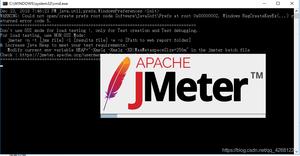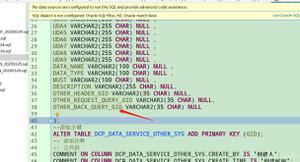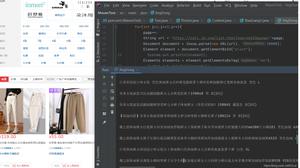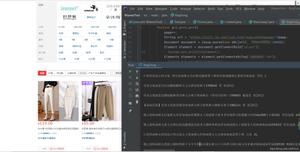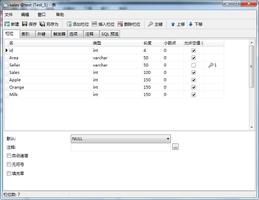React.memo()使用教程

- 包装函数
- PureComponent
- React.memo()
- React.memo() 与Redux
- 其他
- 参考
包装函数
React v16.6.0出了一些新的包装函数(wrapped functions),一种用于函数组件PureComponent / shouldComponentUpdate形式的React.memo()
本篇将介绍React.memo()的使用场景
React.memo()是一个高阶函数,它与React.PureComponent类似,但是一个函数组件而非一个类。[1]
import React from 'react';export default class extends React.Component {
constructor(props){
super(props);
this.state = {
date : new Date()
}
}
componentDidMount(){
setInterval(()=>{
this.setState({
date:new Date()
})
},1000)
}
render(){
return (
<div>
<Child seconds={1}/>
<div>{this.state.date.toString()}</div>
</div>
)
}
}
现在有一个显示时间的组件,每一秒都会重新渲染一次,对于Child组件我们肯定不希望也跟着渲染,所有需要用到PureComponent
PureComponent
class Child extends React.PureComponent { render(){
console.log('I am rendering');
return (
<div>I am update every {this.props.seconds} seconds</div>
)
}
}
现在新出了一个React.memo()可以满足创建纯函数而不是一个类的需求
React.memo()
function Child({seconds}){ console.log('I am rendering');
return (
<div>I am update every {seconds} seconds</div>
)
};
export default React.memo(Child)
React.memo()可接受2个参数,第一个参数为纯函数的组件,第二个参数用于对比props控制是否刷新,与
shouldComponentUpdate()功能类似。[2]
import React from "react";function Child({seconds}){
console.log('I am rendering');
return (
<div>I am update every {seconds} seconds</div>
)
};
function areEqual(prevProps, nextProps) {
if(prevProps.seconds===nextProps.seconds){
return true
}else {
return false
}
}
export default React.memo(Child,areEqual)
React.memo() 与Redux[3]
"react-redux": "5.1.0",
"redux": "4.0.1"
import React from "react";function Child({seconds,state}){
console.log('I am rendering');
return (
<div>
<div>I am update every {seconds} seconds</div>
<p>{state}</p>
</div>
)
};
const mapStateToProps = state => ({
state: 'React.memo()用在connect()(内)'
});
export default connect(mapStateToProps)(React.memo(Child))
其他
memoization方案在《JavaScript模式》和《JavaScript设计模式》都有提到。memoization是一种将函数执行结果用变量缓存起来的方法。当函数进行计算之前,先看缓存对象中是否有次计算结果,如果有,就直接从缓存对象中获取结果;如果没有,就进行计算,并将结果保存到缓存对象中。[4]
让我想到了计算斐波那契数列中有一个优化方案:利用惰性单例缓存对象进行优化,希望能受到一些启发。
//惰性单例let fibonacci = (function() {
let memory = {} //memory设定为对象
return function(n) {
if(memory[n] !== undefined) {
return memory[n]
}
return memory[n] = (n === 0 || n === 1) ? n : fibonacci(n-1) + fibonacci(n-2)
}
})()
参考
- [1] https://reactjs.org/docs/react-api.html#reactmemo
reactjs.org - [2] React v16.6.0:lazy,memo和contextType
reactjs.org - [3] 如何使用React.Memo与Reacti-Redux连接?
腾讯云社区 - [4] 性能优化:memoization
淘宝前端团队 - [5] 案例来自:Youtube视频教程
Youtube
文章就分享到这,欢迎关注“前端大神之路”
以上是 React.memo()使用教程 的全部内容, 来源链接: utcz.com/z/382370.html



